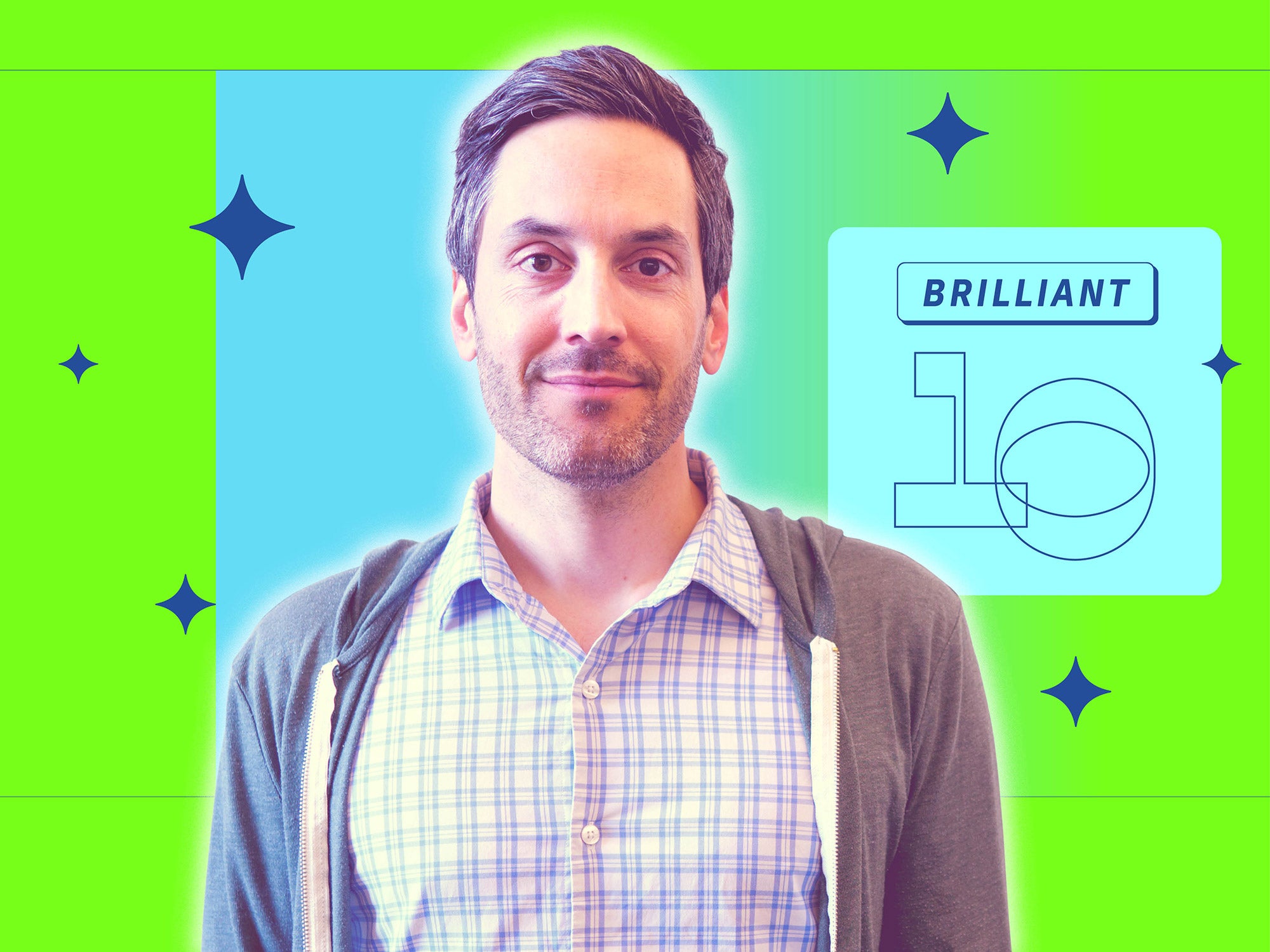Crunching The Numbers To Get Ahead Of Outbreaks
Like everyone in early 2020, Daniel Larremore wondered whether this virus making its way around the globe was going to be a big deal.
 Like everyone in early 2020, Daniel Larremore wondered whether this virus making its way around the globe was going to be a big deal. Would he have to cancel the exciting academic workshop he had planned for March? What about his ongoing research on the immune-evading genes of malaria parasites?
Like everyone in early 2020, Daniel Larremore wondered whether this virus making its way around the globe was going to be a big deal. Would he have to cancel the exciting academic workshop he had planned for March? What about his ongoing research on the immune-evading genes of malaria parasites?
As the answers became clear, so did his next big task: predicting the trajectory of the disease so that scientists and policymakers could get ahead of it. “You have a background in infectious diseases and mathematical modeling,” thought the University of Colorado Boulder computer scientist. “If you’re not going to make a contribution when there’s a global pandemic, when are you going to step up?” He put his work on the epidemiology of malaria on hold as he emailed colleagues studying the emerging outbreak to ask how his lab could help. “I sent that mid-March,” he says, “and didn’t stop working until early to mid-2021.”
Before coming to Boulder, Larremore had been a postdoctoral candidate at Harvard T.H. Chan School of Public Health, where he was first immersed in the world of infectious disease—how it was transmitted, how it evaded immunity, and how to model its spread. It prepared him well for the first wave of COVID-19 research questions, which were all about working around the shortcomings of antibody tests. At the time, they were the only tools available for counting infections, but their sensitivity and specificity varied widely. A paper he co-authored in those early months described how to estimate infection rate, a key metric in justifying public health measures like mask mandates and social distancing.
As the pandemic wore on, Larremore and his collaborators continued to think forward: “What’s the question we’re going to be asking six months from now that we’ll wish we had the answer to right away?” The research they conducted now underpins much of American COVID policy: Their modeling found that speed, not accuracy, in testing was more important for curbing viral spread; that the success of immunity passports depended on the prevalence and infectiousness of the virus; and that elderly and medically vulnerable people should be prioritized for vaccination. “Dan did a huge amount of work across a number of different disciplines, and I think the contributions he’s made have really been remarkable,” says Yonatan Grad, an associate professor at the Harvard T.H. Chan School of Public Health who frequently collaborates with Larremore.
While his work on COVID-19 winds down, Larremore is already helping develop a general theory of disease mitigation involving at-home testing. Through modeling, he’s hoping to find out how much testing might slow the spread of different infectious diseases—and how that changes with disease or the variant. He’s excited about leveraging the jump in public science literacy induced by COVID-19: “If you tell people to self-collect a nasal swab, they’ll do a great job at it,” he says. He imagines a world where the public can reliably self-diagnose common illnesses like flu, and take the appropriate steps (wearing a mask, opening windows) to protect others. “That just seems really empowering,” says Larremore. “And, potentially, a cool future.” —Y.T.
Publication: Kate M. Bubar, et al., Model-informed COVID-19 vaccine prioritization strategies by age and serostatus, Science (2023). DOI: 10.1126/science.abe6959
Original Story Source: University of Arizona

 Alerts Sign-up
Alerts Sign-up